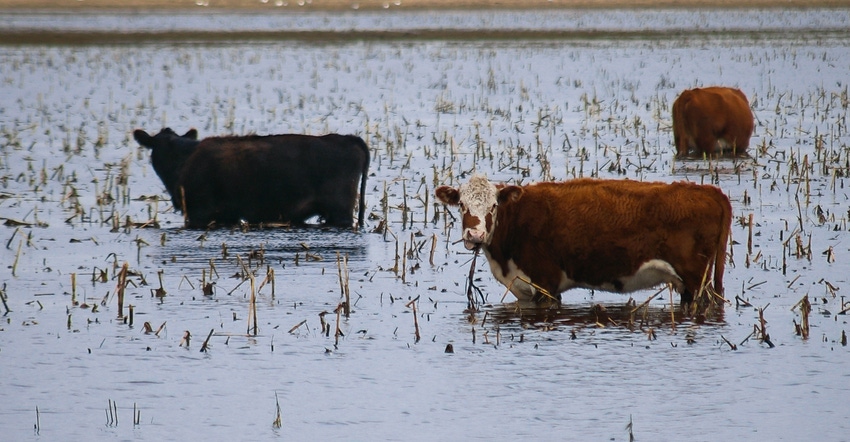October 7, 2021

In September, the U.S. Climate Resilience Toolkit announced the publication of a new section for the Northern Great Plains. The section features narratives, tools, case studies and reports related to the impacts of climate change across the region, and information on how people can build resilience to them.
Used with the Climate Resilience Toolkit’s Steps to Resilience, the new section can help communities and managers of agricultural and natural lands across the Northern Great Plains recognize their climate hazards, assess their vulnerabilities and confront their climate risks.
Content for the new section — which includes discussions about water, agriculture, ecosystems and biodiversity, recreation and tourism, and Indigenous peoples — was built upon information from the Fourth National Climate Assessment and other high-level reports.
Laura Edwards, South Dakota State University Extension state climatologist, was one of 16 regional experts who reviewed content, curated resources and added information from recent research. The section offers plain-language narratives about climate impacts that are already occurring and projected to continue across the region, and it describes efforts to build resilience. The Northern Plains section also includes links to climate data that can aid agriculture, hazard planning and community preparedness for climate extremes.
The Climate Resilience Toolkit team adds new regions to its website as regional experts from federal agencies, academic institutions, and public, private and nonprofit organizations volunteer to work with the toolkit’s editorial team. Find out more information at the Northern Plains Region Toolkit.
Climate implications for region
In regards to the impacts of early warmth and later dry conditions across South Dakota, there are a few factors to consider:
Later-than-average frost or freeze likely. The typical period for first frost is between Sept. 22 and Oct. 10 for most of South Dakota. The current forecast shows dry and warm weather for most of that time period. A few isolated areas in the Black Hills have already recorded subfreezing temperatures this season. A widespread early frost or freeze is very unlikely this year.
October potentially warm with less rain. Favorable conditions exist for drying down corn and soybeans in the field and for maintaining good field conditions for harvest. Savings could accrue in avoiding grain drying after harvest. Unsaturated field conditions also contribute to fewer equipment and traveling challenges in and around the fields.
Soil moisture deficit possible. The 2022 growing season could be impacted by soil moisture and surface water. At this time of year, rainfall in autumn can replenish soil moisture and refill stock dams. The soils, in turn, freeze and hold water in place over winter. Fall moisture can help our winter wheat, grasses, pastures and forages start off well in the spring as the soils await snowmelt or rain.
This “bank account” of soil moisture is the backup plan to a spring-season drought, such as experienced earlier this year. Without an abundance of precipitation this fall, there will be areas of the state that will carry a soil moisture deficit into the winter and low stock dam water levels, particularly in the harder-hit drought areas.
Severe and extreme drought conditions have eased over much of central and eastern South Dakota in recent weeks. Warm temperatures in mid-September have helped to dry down summer crops, such as corn, soybeans and sunflowers, as fall harvest begins.
At the same time, however, some western areas have degraded, as early fall rains have been missed in addition to warmer-than-average temperatures. Opportunities still exist for planting winter wheat, however, with the hope of some timely rains to germinate the crop.
Source: South Dakota State University Extension is solely responsible for the information provided and is wholly owned by the source. Informa Business Media and all its subsidiaries are not responsible for any of the content contained in this information asset.
Read more about:
DroughtYou May Also Like




